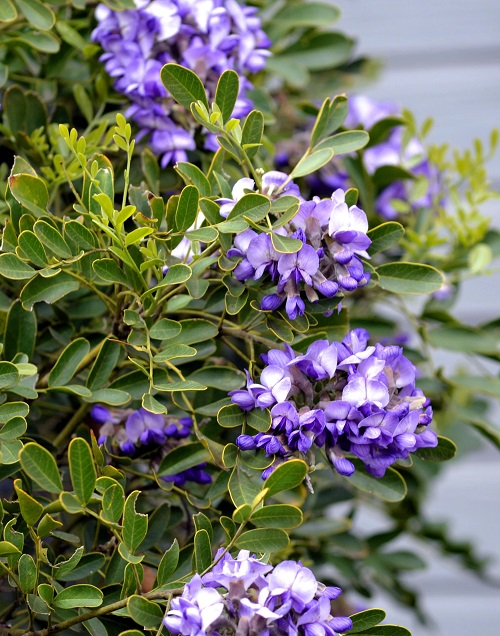Here are some of the most Poisonous Plants in Pea Family that you must avoid growing in gardens and homes at all costs.
The Pea Family, known scientifically as Fabaceae, is renowned for its stunning blooms and vital role in agriculture, but not many are aware of the poisonous plants in this genus. This family also harbors species with toxins capable of posing serious health risks to humans and animals.
Do check out these pea trellis ideas!
Poisonous Plants in Pea Family
1. Laburnum (Laburnum anagyroides)
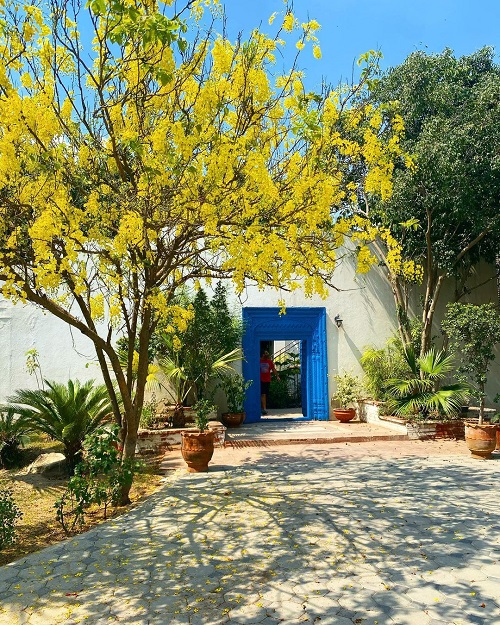
Dangerous Parts: All parts of the plant, especially the seeds, are highly toxic.
Safety Precaution: It’s best to avoid planting Laburnum in gardens where children or pets play.
Laburnum contains cytisine, a toxic alkaloid that can cause symptoms such as nausea, vomiting, and convulsions, and, in severe cases, can be fatal.
2. Scotch Broom (Cytisus scoparius)
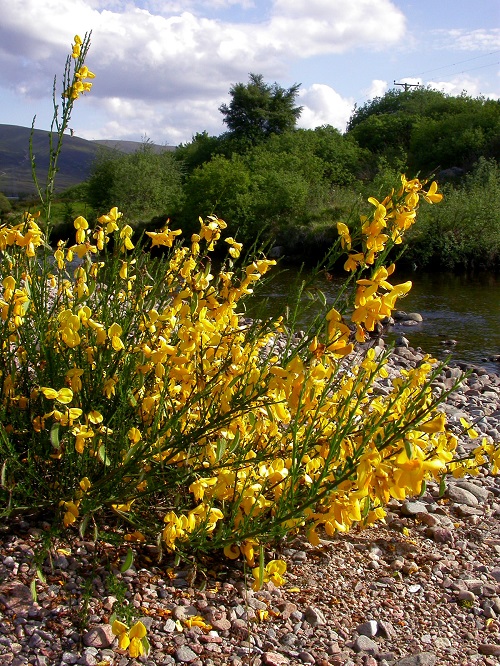
Dangerous Parts: All parts of the plant are toxic, but the seeds contain the highest concentration of alkaloids.
Safety Precaution: Not recommended for gardens frequented by pets or small children.
It contains toxic alkaloids such as sparteine and isoxsuprine, which can affect the heart and nervous system.
12 Flowers that Are Poisonous to Cats
3. Lupines (Lupinus species)
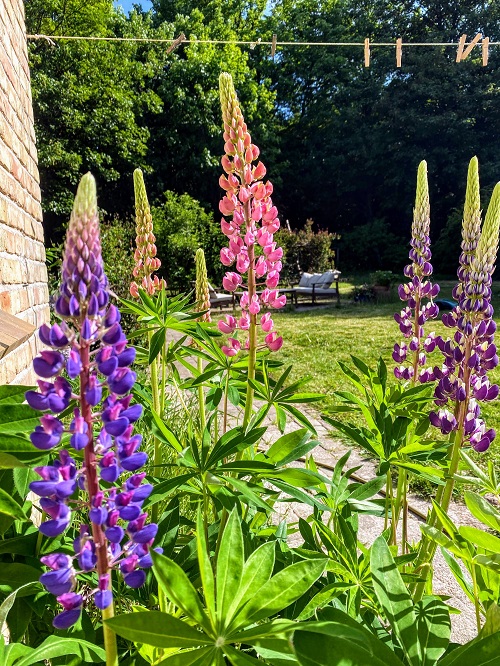
Dangerous Parts: The seeds and pods are the most toxic parts.
Safety Precaution: While some lupine varieties are bred to be less toxic, it’s important to exercise caution, especially in gardens accessible to pets or children.
Certain species of lupines contain alkaloids that can be toxic, particularly to livestock. In humans, they can cause lupin poisoning, which leads to symptoms like dizziness, difficulty breathing, and convulsions.
4. Black Locust (Robinia pseudoacacia)

Dangerous Parts: Bark, leaves, and seeds are toxic.
Safety Precaution: Exercise caution if planting in areas accessible to pets or children.
It contains the toxin – robin, which can cause nausea, vomiting, and diarrhea if ingested.
5. Red Clover (Trifolium pratense)
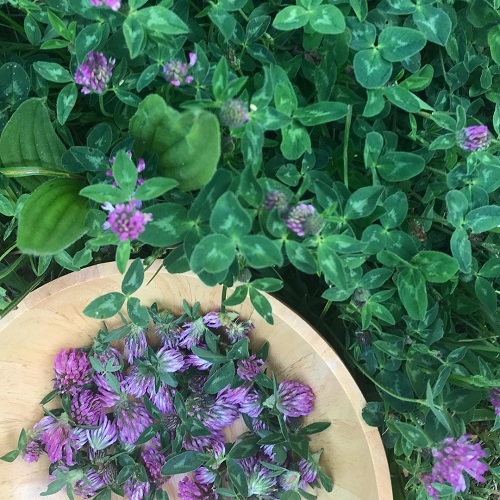
Dangerous Parts: The whole plant, when consumed in large quantities, can be problematic. Not that toxic as compared to the other ones on the list.
Safety Precaution: Generally safe in small quantities, but monitor consumption by pets and livestock.
While not highly toxic, it can cause issues in livestock, particularly horses. It contains isoflavones that can affect fertility.
24 Common Flowers that are Poisonous | Toxic Flowers
6. Mescal Bean (Sophora secundiflora)
Dangerous Parts: The seeds are especially toxic.
Safety Precaution: Not suitable for home gardens due to its high toxicity.
The plant contains cytisine, an alkaloid similar to nicotine, which can cause respiratory failure and other serious symptoms.
7. Precatory Bean (Abrus precatorius)
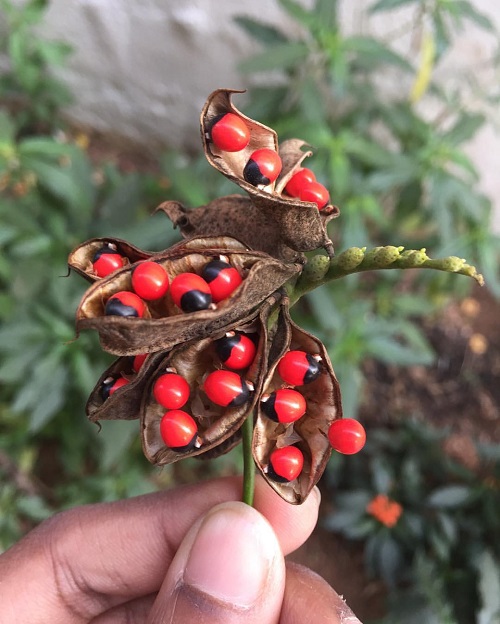
Dangerous Parts: The seeds are highly toxic, even in small quantities.
Safety Precaution: Extremely dangerous and should not be grown in gardens.
It contains abrin, a toxic protein that inhibits protein synthesis, leading to severe symptoms and potentially death.
10 Succulents That Look Like Peas
8. Golden Chain Tree (Laburnum x watereri)
Dangerous Parts: All parts of the plant, especially the seeds.
Safety Precaution: Caution is advised when planting in areas with children or pets.
Similar to Laburnum anagyroides, it contains cytisine, which can cause vomiting, drowsiness, convulsions, and even be fatal in high doses.
Is Pokeweed Poisonous to Touch? Find Out!
What Makes These Plants from Pea Family Poisonous?
The toxicity in these plants is primarily due to alkaloids like cytisine and sparteine, which affect the nervous system and heart.
While this list adds to the variety of toxic plants in the pea family, it still isn’t comprehensive due to its vast number of species. Many of these plants are toxic under specific conditions or if certain parts are ingested in large amounts.
When growing plants from the pea family, it’s important to research their specific characteristics and potential risks, especially if the garden is accessible to children, pets, or livestock. As with any plant, correctly identifying and understanding its properties are crucial for safe gardening and use.

